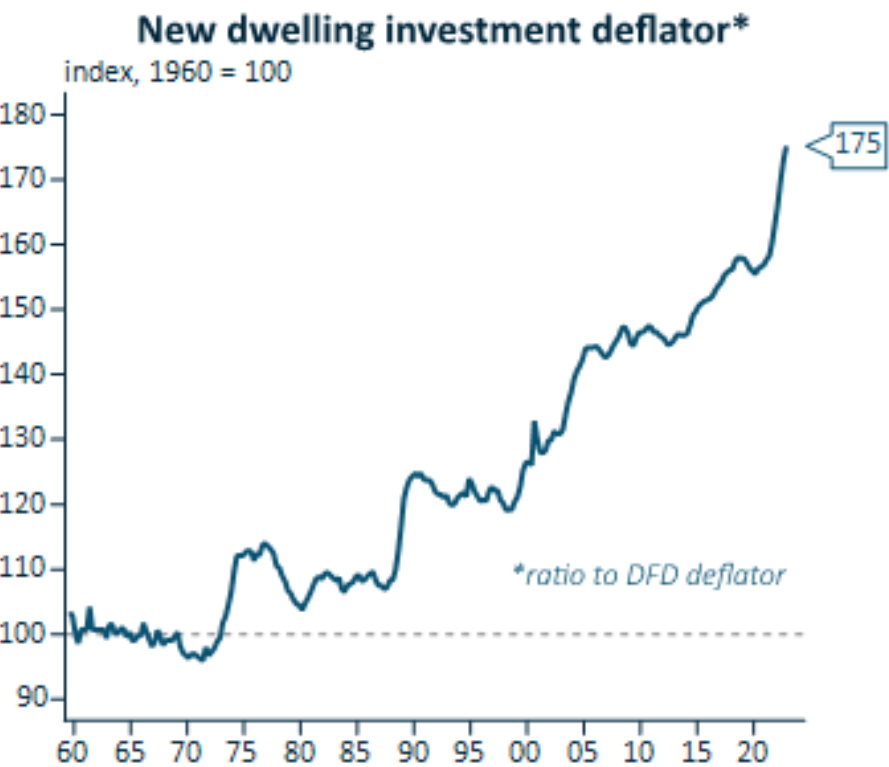One of the unfortunate side effects of the pandemic is that it has driven up the cost of new homes following a 30% rise in materials costs over the past two years.

The prevalence of fixed price contracts and rising build costs has seen large numbers of home builders go bust, with ASIC data showing around 1500 construction firms have become insolvent this financial year alone.
Included among these firms is Porter Davis Homes (PDH), one of the nation’s largest builders.
PDH’s entire pipeline of home building contracts in Victoria were on fixed-price terms, where the price of the build was locked in up to 18 months prior to completion.
PDH then began bleeding money as building costs soared, ultimately forcing the company into insolvency and burning thousands of customers, employees and contractors.
Amid the fallout from PDH’s collapse, Master Builders Australia CEO Denita Wawn said there “needs to be a conversation” around fixed-price contracts and appropriate risk-sharing between banks, developers and builders.
Builders are now moving away from fixed price contracts in order to give themselves leeway for price increases by sharing risks with buyers.
A case in point is Metricon, one of Australia’s largest home builders. It has used rising costs and the changed competitive landscape following builder collapses as cover to demand buyers pay an extra $100,000 on new builds.
“A crop of frustrated homeowners revealed their contracts with the firm were torn up 12 months after signing, only to be reissued papers stamped with eye-watering price hikes”, reports the Herald-Sun.
“One couple said they were told to fork out an unexpected $120,000 in extra fees or have their build cancelled and $20,000 deposit forfeited”.
“Another man claimed he was told only three weeks out from on-site work beginning that he would be charged an additional $100,000 on top of the original $513,000 price tag”.
The price variations reportedly coincided with the contract’s 12-month fixed price period ending, thereby allowing Metricon to re-evaluate the build’s cost.
The upshot is that the cost of purchasing and building new homes will now be structurally higher and less certain due to the sharp rise in materials and the abolition of fixed price contracts.
These factors will likely result in lower volumes of new home construction over the foreseeable future, as well as place upward pressure on prices across the established market.
It also couldn’t come at a worse time for the rental market given the Albanese Government has decided to flood the nation with record numbers of overseas migrants.

